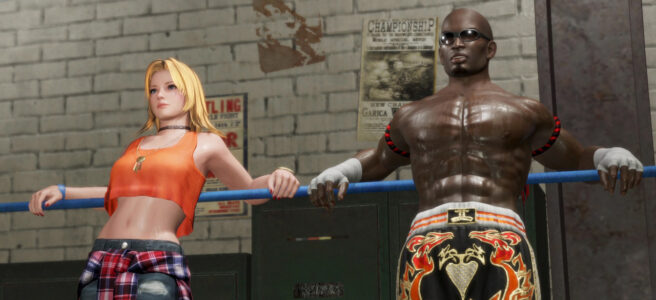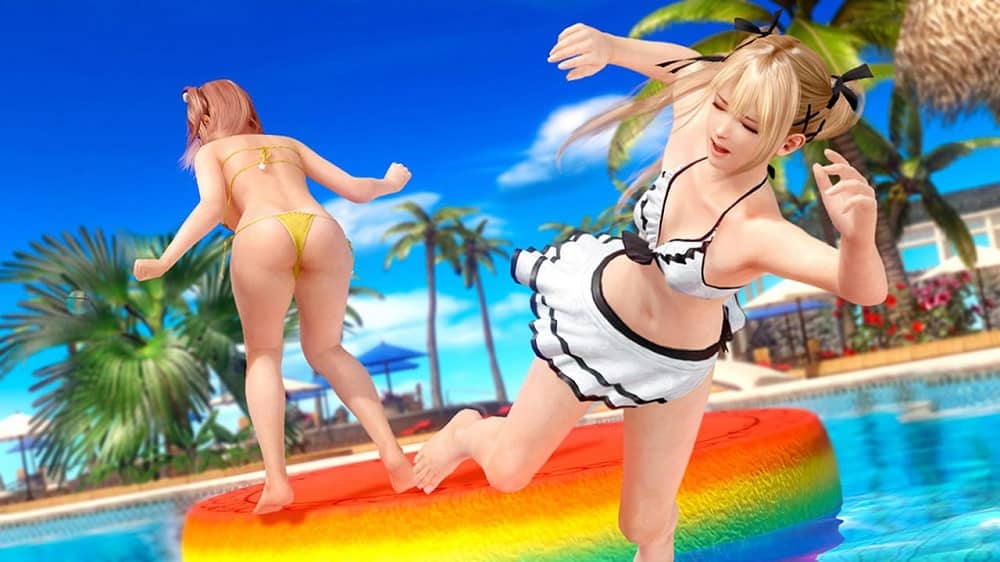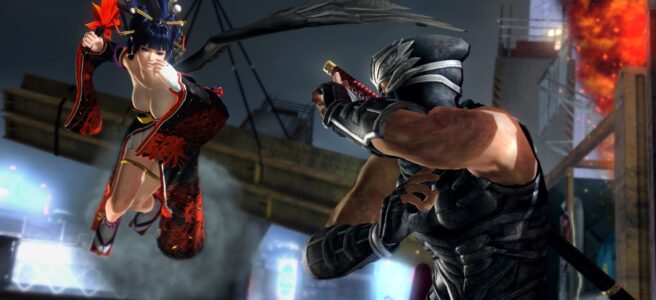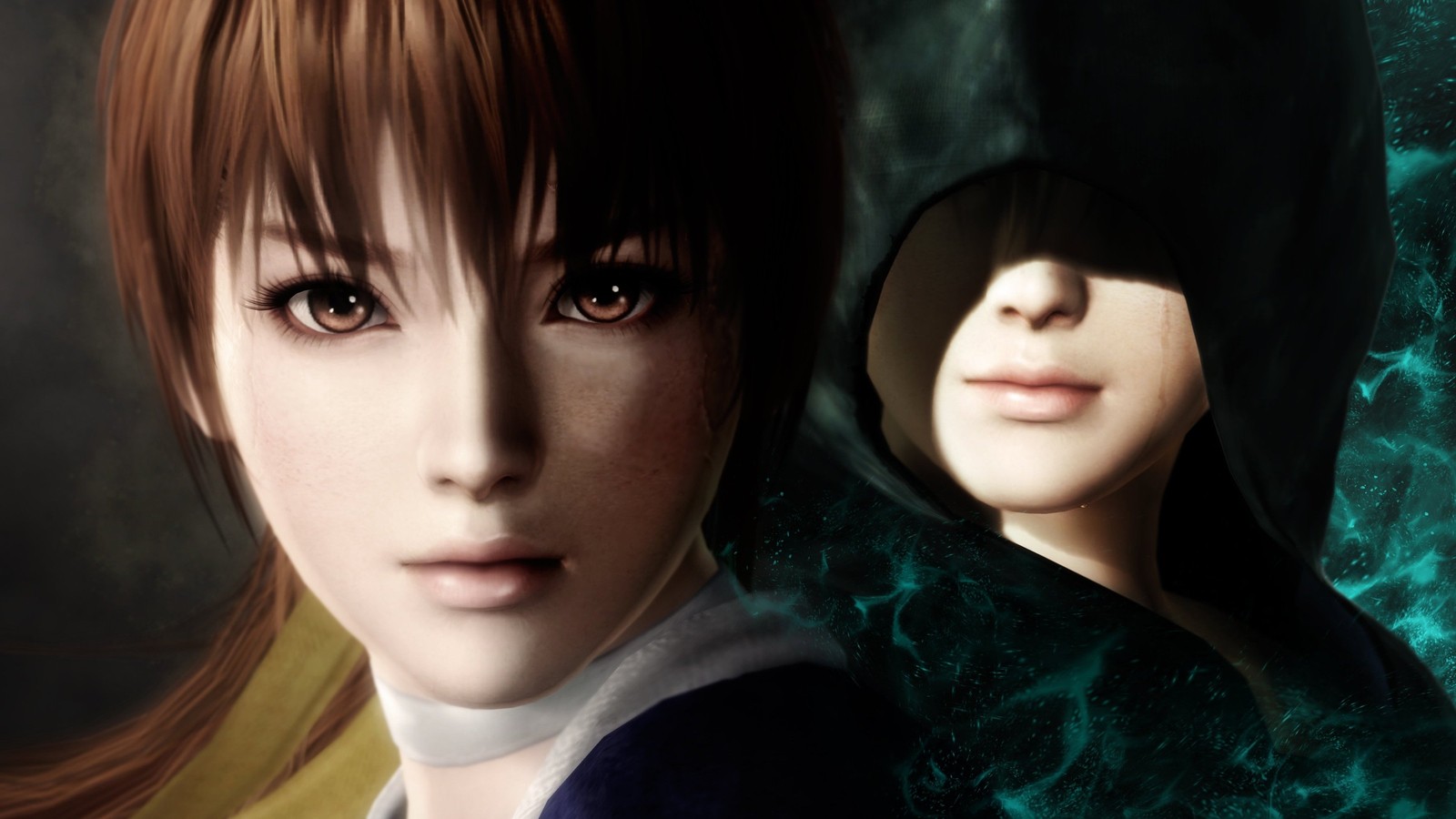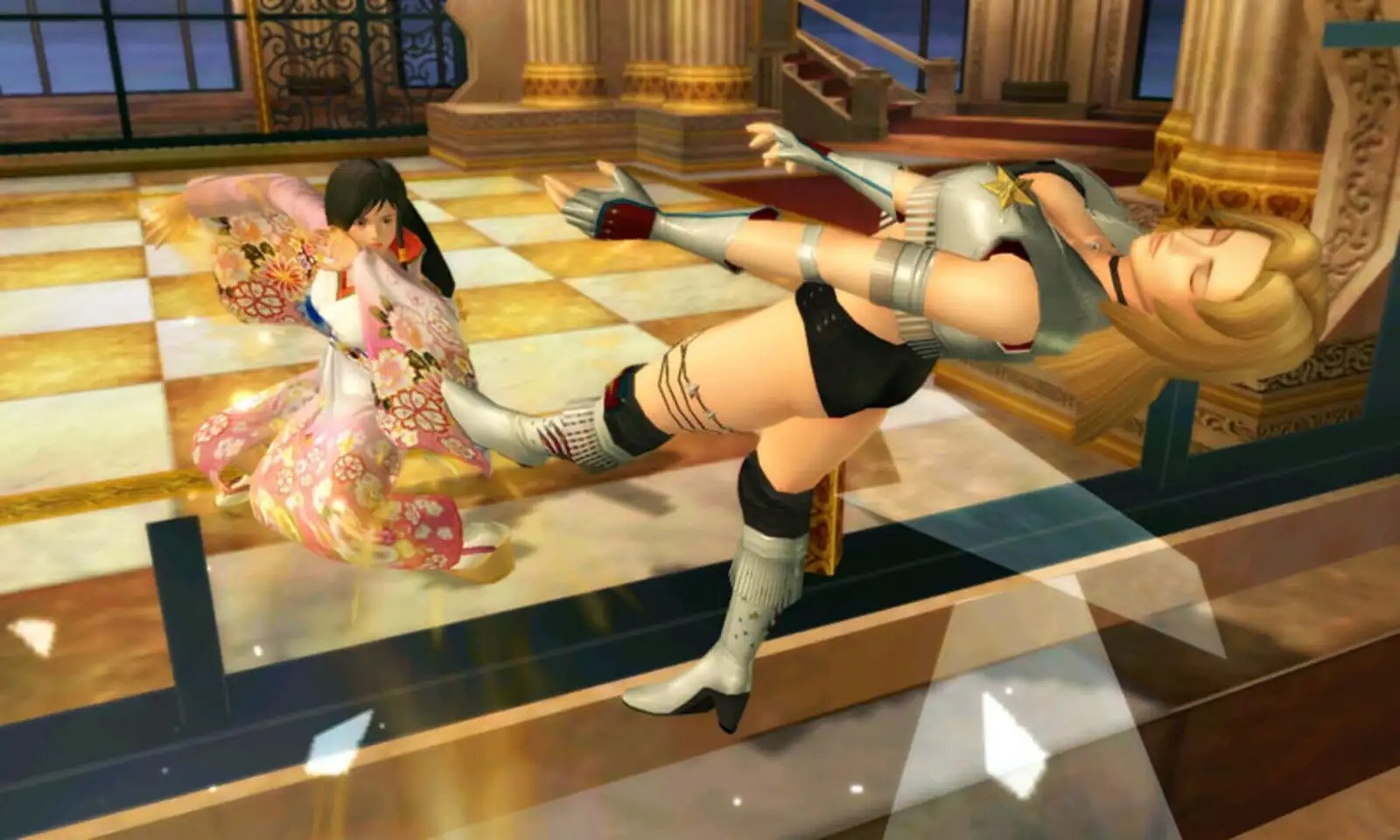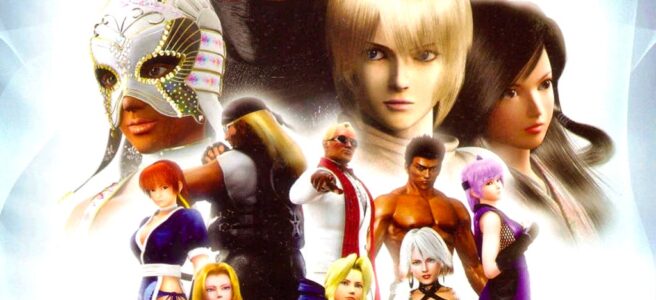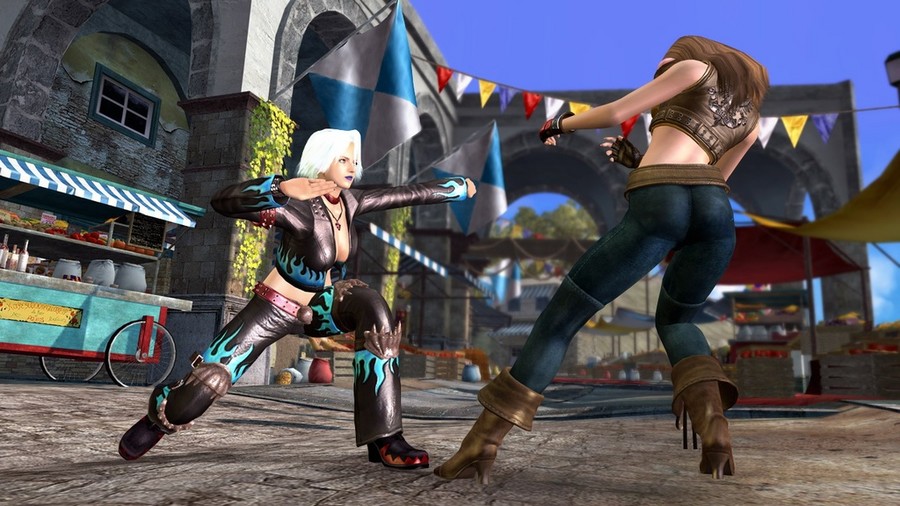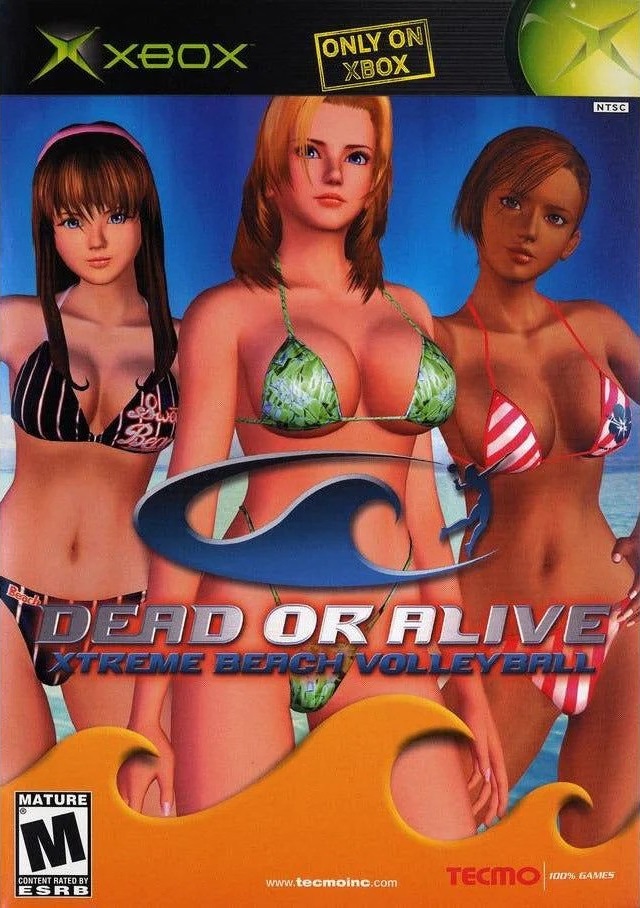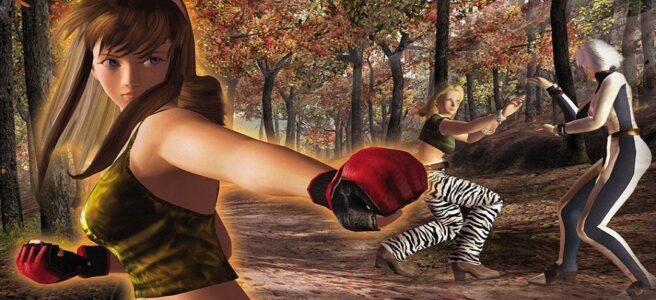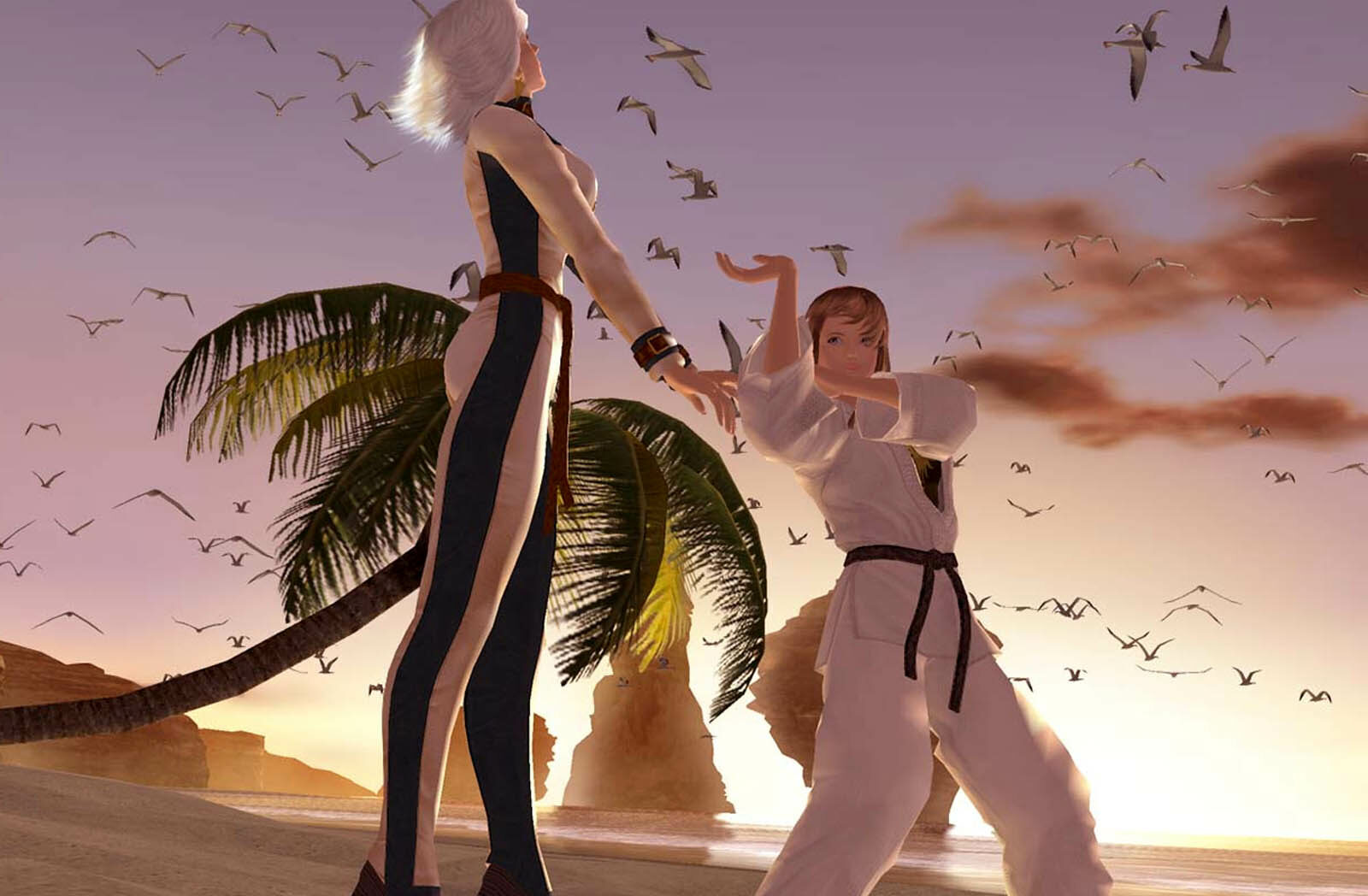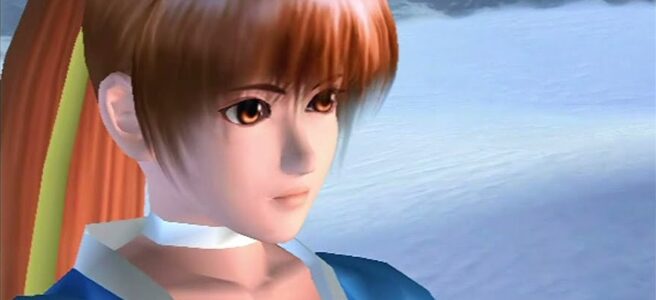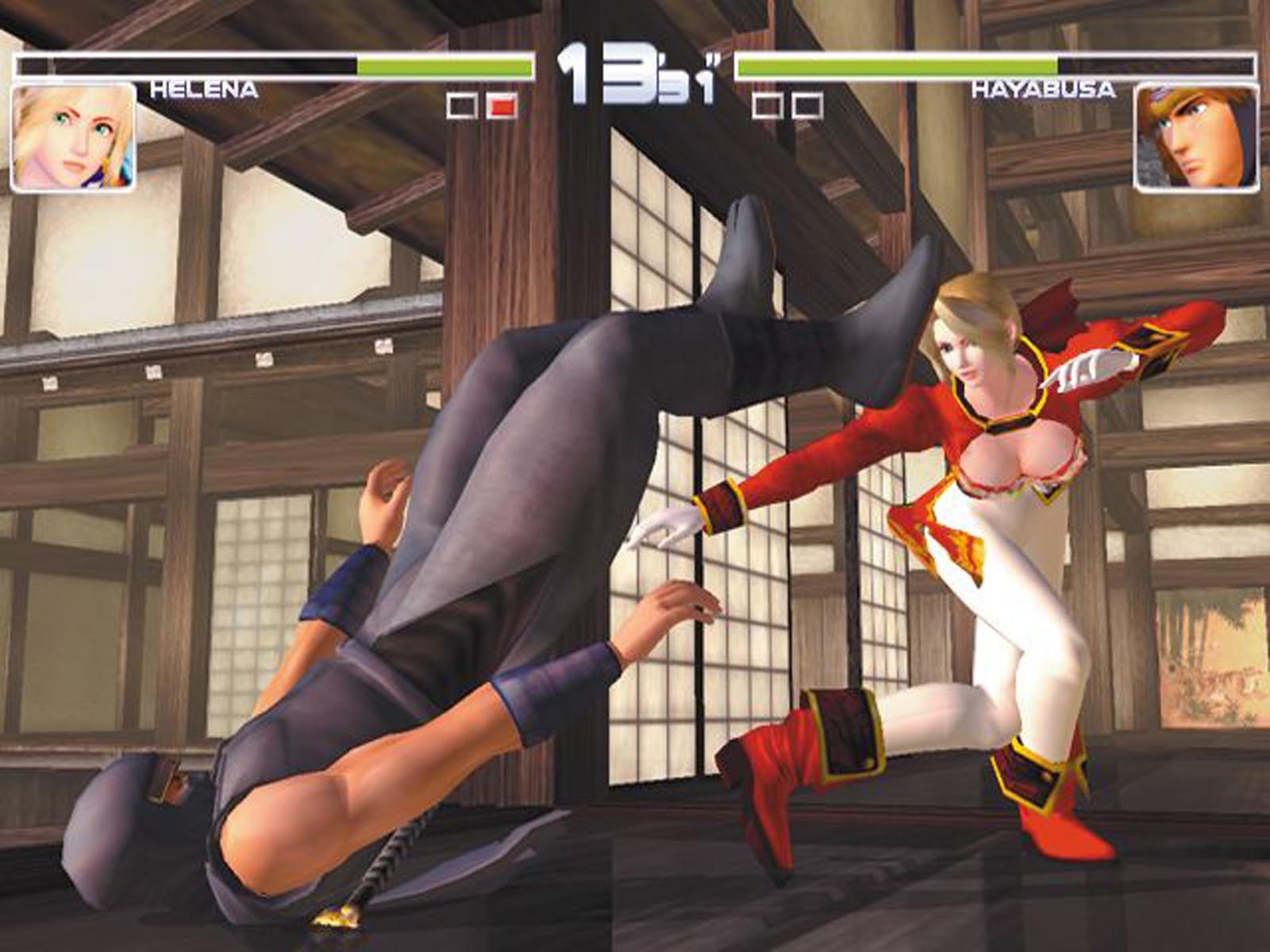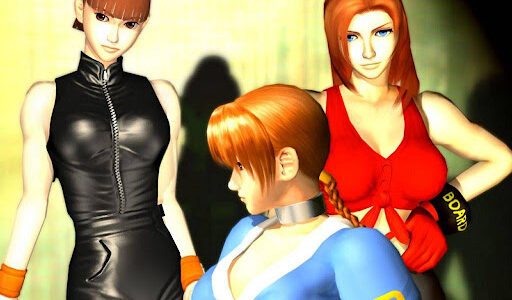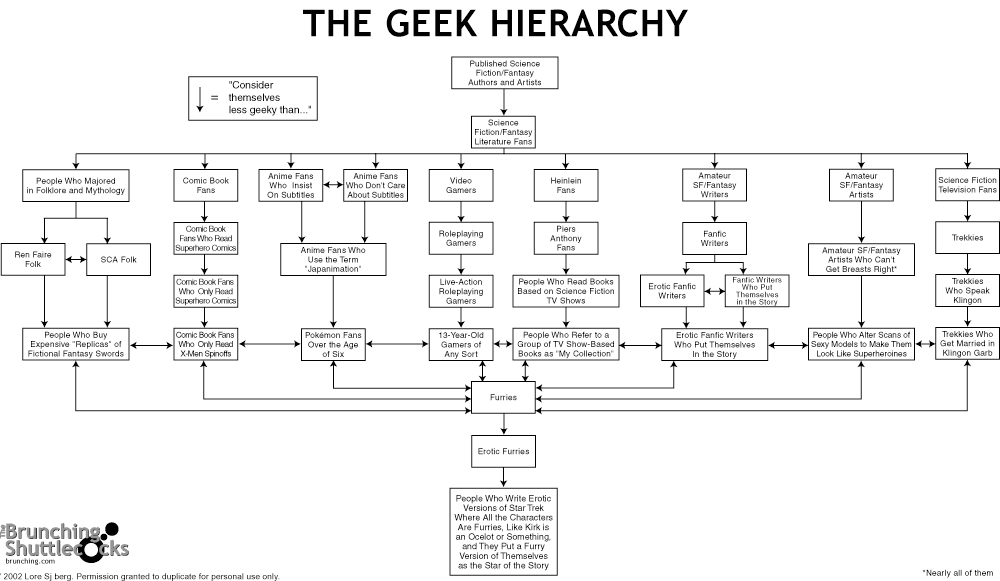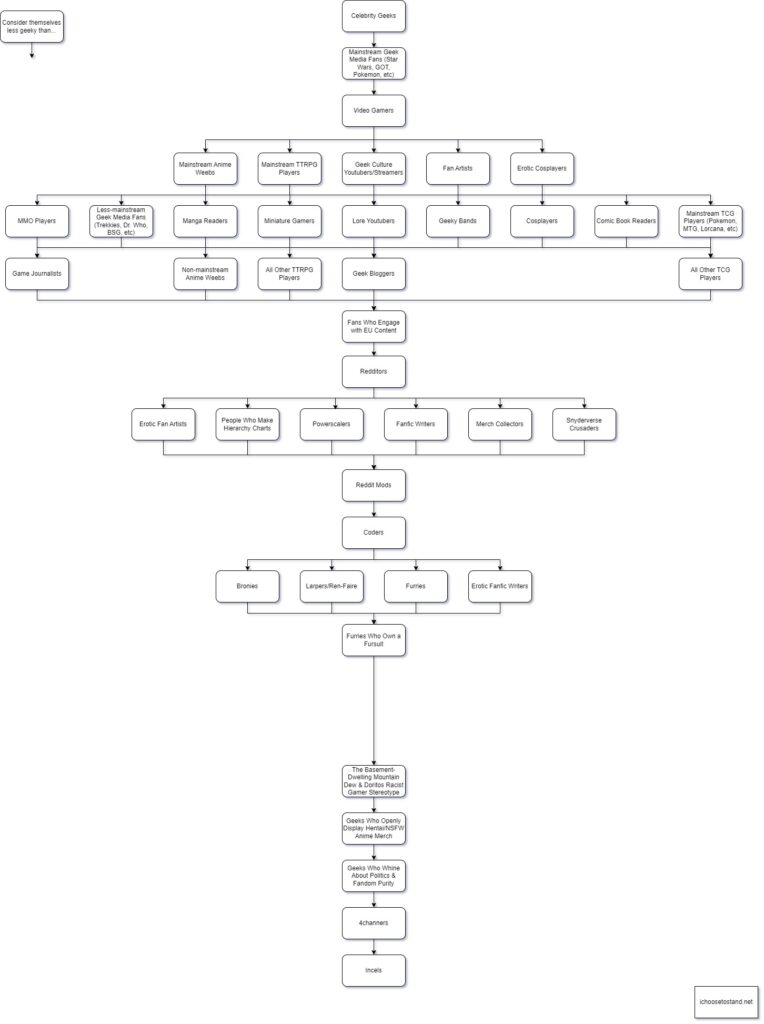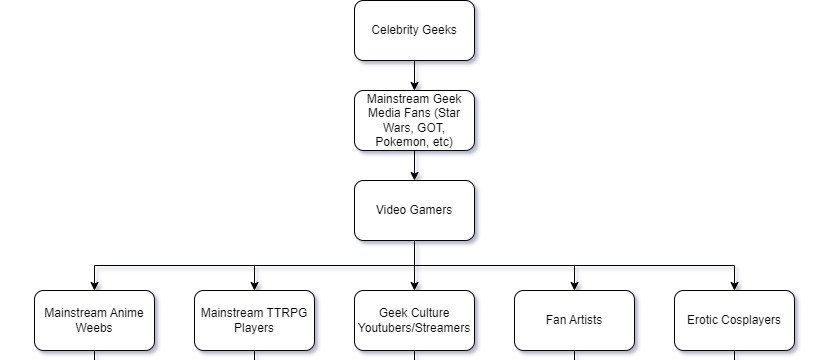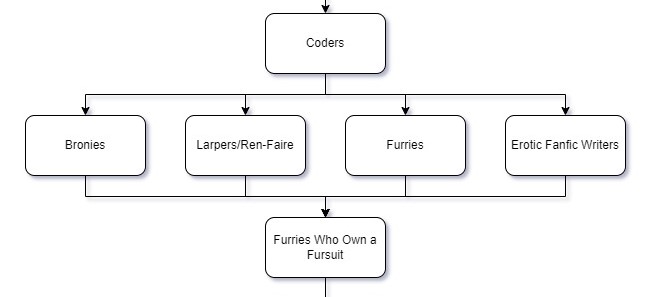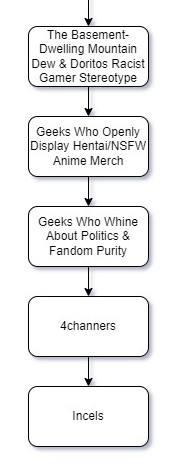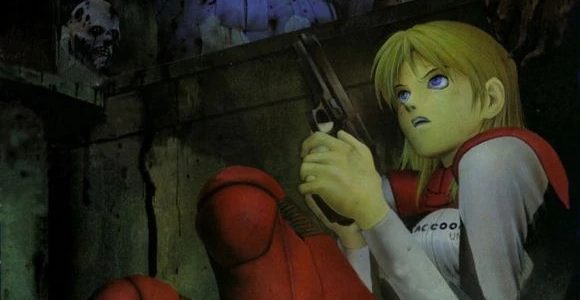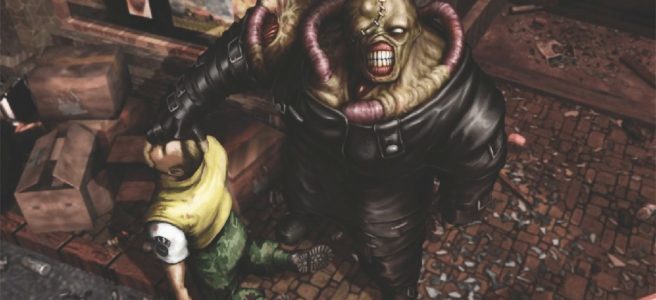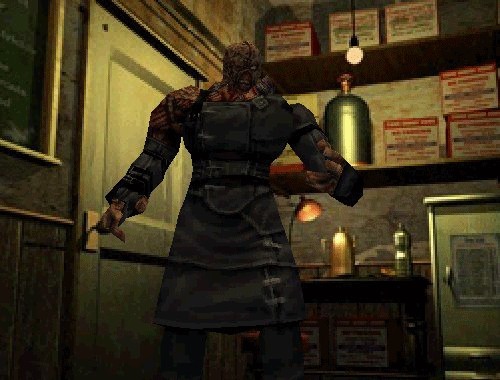Welcome back to the Dead or Alive Love/Hate series! In this entry we’ll be looking at the most recent mainline game in the franchise, Dead or Alive 6. This game has had a bit of a contentious history, largely due to its pre-release controversies. During the previews of the game, the fanbase damn near rioted, because they believed that Team Ninja were toning down the suggestive content (less skimpy outfits, no boob physics when it was first previewed, etc). Meanwhile, Team Ninja’s attempts to placate the core fans ended up pissing off the esports crowd they were trying to pander to in the first place with the infamous “core values” scandal. We’re now five years from release, how does this game, the current standard-bearer for Dead or Alive as a fighting franchise, hold up in 2024? Read on to find out…
Dead or Alive 6 has a pretty straightforward release history by this franchise’s standards. There was just one release, that being on PS4, Xbox One, and PC. For this analysis I purchased the PC version… mostly because it was absolute hell trying to find a physical copy of the game in 2024 for a reasonable price. The closest Game Stop with a used copy was two hours away. Getting it on ebay would cost me $40+. No game stores or flea markets in a one hour radius had a copy. No one on Facebook marketplace within five hours had a copy for sale. It’s nuts that a game that came out relatively recently is that scarce. For the record, this also applies to Dead or Alive 5: Last Round. I was trying to find a copy to replace the one I sold, and it is simply impossible to find. Tecmo-Koei must have made some really small production runs of the game, or they destroyed a lot of unsold copies or something, because I had a way easier time finding copies of the first four games that came out twenty years ago than I did for games that came out less than ten.
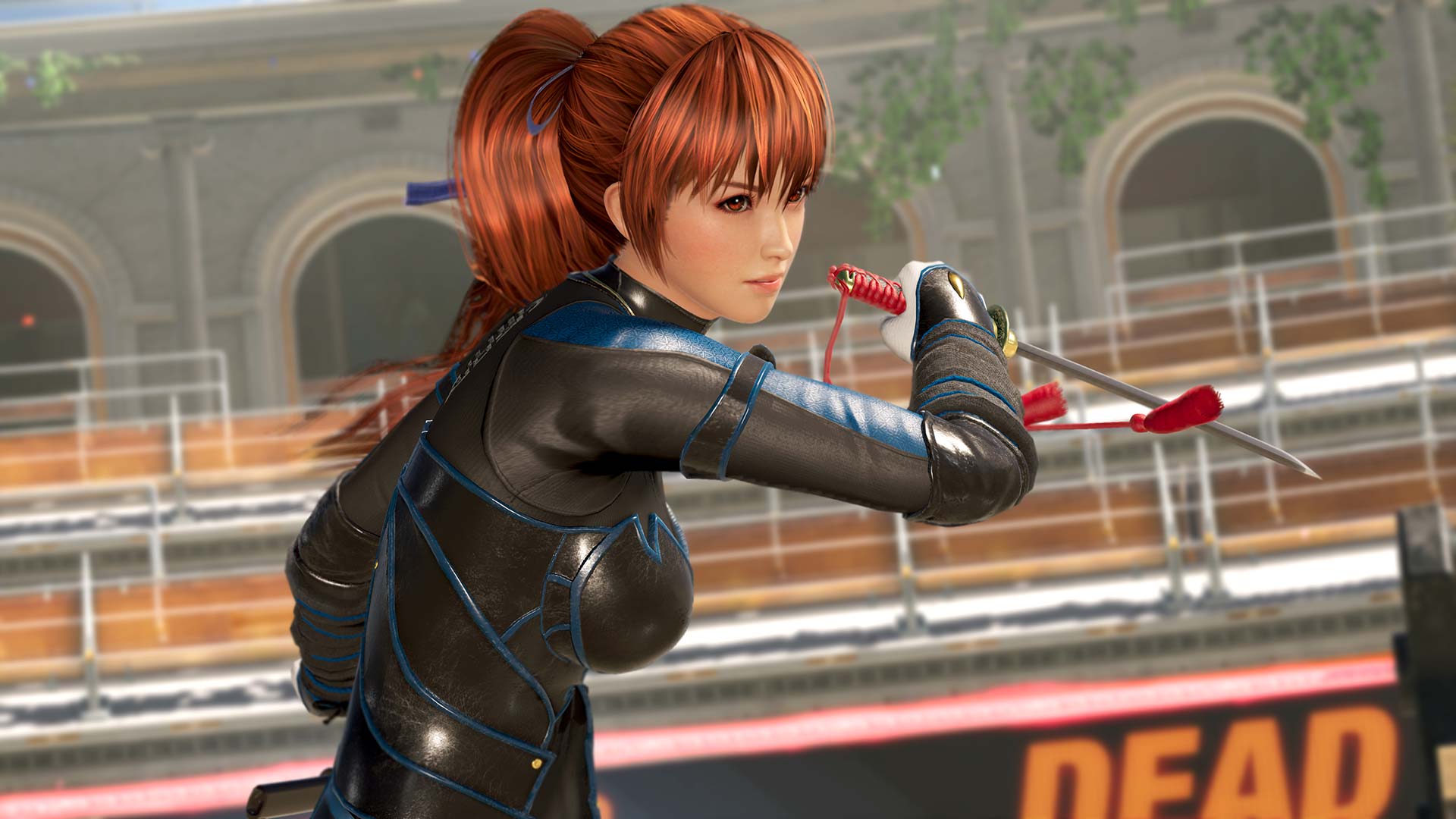
Love
- New Costumes – Presumably, because Dead or Alive 6 was courting the esports scene, they chose to tone down the sexuality of most of the female characters’ default costumes. Fret not – most of the “classic” outfits are still in the game, and there’s still plenty of sexy costumes here (Tina’s default costume is proof enough of that… and if that’s not enough for you, you can unlock Christie’s bondage gear outfit too). That said: I actually really like most of the new default costumes they’ve introduced. In particular: the new ninja bodysuits for Kasumi and Ayane, and Helena’s dress? These are fucking hot without having to take the path of least resistance by showing a bunch of cleavage. I also quite like Kokoro and Leifang’s new costumes.
- Tina is a Lefty – After using Dead or Alive as a springboard to a career as a model, movie star, and rock star, Tina sets her sights on becoming governor (it is left unclear which state she would be governor of). While training with Zack, she tells him, completely unprompted: “When I become the Governor, I wanna give the young ones more hope in the future! Welfare is also important. We have to make the lives of the children better!” C-comrade Armstrong!? Tina is actually based as fuck!? I think my heart just skipped a beat. Legitimately: I already liked Tina before this game, but that one moment made her so much more attractive to me.

Mixed
- The Graphics – I wasn’t really expecting this, but the more I played of DOA6, the more I came to feel that this game’s graphics are a bit of a mixed bag. Dead or Alive has had the best graphics of any fighter for most of its history, but by the time DOA6 released, the AAA fighting competition had really stepped up their game. Mortal Kombat X and 11, Soulcalibur VI, Tekken 7… the competition of “best looking fighter” hasn’t been stiffer for Dead or Alive, and I don’t think Team Ninja have really managed to keep up with them. On the one hand, the character models do look quite nice and I appreciate the more saturated colours compared to DOA5. However, the characters have this soft, almost plasticky look to them which I find off-putting. In addition, while the character models look pretty good, the environments, NPCs, etc are noticeably worse, especially in the story cutscenes. I’m talking models and textures that are reminiscent of PS3-era games in some cases; it reminds me of Resident Evil 6‘s mish-mash of art styles and effort.
- Break Gauge – I haven’t really mentioned any gameplay changes since Dead or Alive 2, because there either were none, or they were very minor (ie, DOA5‘s power blows). DOA6 is the first time since DOA2 that we’ve had a fundamental shakeup to the core gameplay, with the addition of the break gauge. This is a bar which fills up as you fight and allows you to spend charges to perform special moves: break blows (a single, super powerful strike that uses the entire bar), side attacks (a side-step that chains into a quick attack), break holds (a single-button press hold that will counter any kind of strike for half of your bar), and fatal rush (a series of attacks that can only be stopped with a break hold and ends with a break blow). I’m pretty mixed on their inclusion here. Fatal strikes and break blows are pretty flashy and easy to execute, which can make them feel like a noob crutch. I’d argue that break holds are fundamentally broken though – the ability to break any combo without having to make a proper call is game-changing and breaks some of the fundamental balance of the triangle system. It’s one of those systems that really makes-or-breaks the experience for you, and I’m not convinced that it really adds anything of substance to the franchise’s core gameplay.
- Oh and I think I should note something: back in 2018 when the game was being previewed, I had mused that the more visceral violence from break blows could potentially clash with the sexy aspects of these games and make the game feel kind of uncomfortable. I’m happy to confirm that they seem to have struck a good balance, because I was never really bothered by it. Break blows look like they fucking hurt, but it comes across as cartoonish, over-the-top slapstick, and is clearly separated from any sexualized elements of the game.
Hate
- Story – Hoo boy, we’ve really run the gamut of story modes through this franchise, but I was not expecting Dead or Alive 6 to have the absolute worst narrative campaign of them all. DOA6 does a lot of what I liked about DOA5‘s story: we get a whole bunch of scenes of the characters interacting and palling around outside of the confines of the tournament, while also seeking out new blood to test themselves against. However, the execution here is fucked beyond belief, to the point where I prefer Dead or Alive 2’s primitive approach to storytelling to what we got here:
- First of all, the narrative itself is awful. Most of the A-plot revolves around Marie Rose hanging out with Honoka, who we come to discover is a bastard daughter of Raidou, the villain of the first game (and also the biological father of Ayane). MIST (a new organization which has formed from the remnants of the evil faction within DOATEC) end up capturing Honoka and Ayane in order to resurrect Raidou, which leads to a big showdown between the ninjas and their evil uncle/father once more. This story just kinda sucks. It meanders way too much, and then is way too rushed at the end (seriously, Raidou comes back, gets into one unceremonious fight, and then is dead again). The tournament itself is also an absolute joke once again, having a grand total of five fights for its entirety, and then moving on to more important stuff. To put that into context, we’ve got more sequences of Nyotengu fucking around with the fighters than we do actual tournament storylines here.
- Then there’s all the side stories, which are a bunch of cartoonish nonsense. Sure, Dead or Alive hasn’t really taken itself all that seriously, but it feels like a bit too much here. A lot of this is laid on the shoulders of Nyotengu, whose popularity has caused her to be shoved into so many characters’ plots for no real reason. She’s just going around trolling everyone with no narrative payoff to speak of for it. I guess all the tengu flying around and krakens just showing up fill out some of the more bizarre aspects of the DOA universe, but it comes across less as worldbuilding and more like they just wanted to shove the new/popular character in your face as much as possible.
- Then we’ve got the terrible voice acting. This would normally be its own separate bullet-point, but in this case, the voice acting is actively detrimental to the narrative presentation here. Admittedly, there are a few solid story beats: Helena breaking her aloof façade as she begs Kokoro to stay out of danger because she’s the only family she has left. Jann Lee becoming bored now that he’s the world’s strongest fighter and desperately seeking someone who can challenge him. Ayane, Hayate, and Kasumi reunited in order to face off against Raidou once again. Unfortunately, the wretched voice acting takes 99% of the writing and makes it utterly laughable. I don’t get why this is so bad. DOA5‘s voice acting was fine and most of that cast have returned here, so I don’t blame them. Maybe it’s on the vocal direction? It’s pretty clear that Tecmo-Koei have cheaped out on the localization (the lip sync is also no where near matching what is being said), so I wouldn’t be surprised if their penny-pinching compromised this game’s voice acting too.
- I think it also needs to be emphasized that DOA6 is actually making a serious effort to be good. They’ve even tried working themes into this story. Everything revolves around family here: NiCO wants to bring back her dead father. Kokoro is mad because Helena didn’t tell her that they had the same father. Ayane finds out that Raidou is her father. It’s played so dramatically, that it’s all the more worse that the execution is so laughable.
- Oh, and to top it all off, DOA6 has perhaps the most baffling chapter select screen I’ve ever seen. DOA5 had an elegant solution: each character was lined up from left to right, then each character had a few chapters which you would pick from a vertical list. You then complete those chapters before moving onto the next character. Chapters were also numbered and you could see all the chapters at once, so you would easily be able to tell what you were supposed to play next. DOA6 has a similar idea, but throws all structure out the window. Chapters unlock non-chronologically, so you end up having to jump back and forth through the timeline to see if you’ve missed any chapters that just unlocked. Just advancing the story is like playing hide-and-go-seek, which is a lot harder than it sounds due to the weirdly-zoomed in camera. All that work, just so you can experience DOA6‘s garbage narrative, the joy!
- Honoka and Marie Rose – HOO BOY. I know that there was some discontent in the Dead or Alive fandom about Marie Rose and Honoka being turned into the new mascots of the franchise after their introduction in DOA5. I never really minded this too much: sure, they’re clearly fetish-bait and didn’t have much personality to latch onto, but they have cute, appealing character designs, so I accept them. However, now that I have actually played a story about them, I lost a lot of love for these two characters. Firstly, due to their popularity, they’re pushed to the forefront of the narrative, side-lining a lot of the more “major” legacy cast members. Secondly, they don’t really have much personality to speak of: Marie Rose is uptight and dutiful, while Honoka is an airhead who likes to fight people in order to learn their fighting styles. Seriously, that’s about it, the only development they get is that they become friends over the course of the game (not that we’re shown them actually enjoying each others’ company, they just are friends because they have to be). Thirdly, their narrative sections are cringeworthy. They basically amount to watching the two of them dick about at the tournament, getting into fights as they go, until MIST thankfully shunt them out of the narrative for good. Fourthly, their voice acting is atrocious, like nails on chalkboard (note: I do not blame the VAs for this). Every scene they’re in is them speaking in the most sickly-sweet, cutesy way possible, while even the background music changes to make the scene feel like something from a high school comedy anime. I truly wanted to die any time I had to play a new Honoka/Marie Rose chapter.
- NiCO – Ugh. I hate everything about this character’s design. Not only is she way too “anime” for me, but she’s egregiously pushing the same Lolita design as Marie Rose, despite being “officially” eighteen. And this is actually a problem, because NiCO is (arguably) the main villain of the game. She’s a head researcher for MIST who is trying to resurrect Raidou in order to figure out how to revive her own father. I even think that her voice actress puts in the best performance of the entire cast, and her fighting style is pretty cool too. None of it matters, because she’s this bright-blue coloured hair child that I’m supposed to take seriously? Why is the fate of the world being decided by three school girls in a world where goddamn Ryu Hayabusa exists (not to mention all the other capable heroes in these games)? But… keep everything the same and then age her up ten years…? We’d have a Dead or Alive character for the fucking ages, my friend! Late twenties, serious, evil, blue-haired, anime science woman who wants to kick my ass?

- No Tag Mode – For some reason, Team Ninja were not able to get a tag mode running in this game’s engine in time for launch, so they scrapped it. Unfortunately, no tag mode has been patched in since, meaning that my favourite way to play Dead or Alive is not even an option here. That sucks, straight-up. Not much more I can say than that.
- Unrewarding Unlocks – Up to this point, Dead or Alive games will unlock costumes whenever you complete a character’s campaign and the various game modes. It’s always been a solid and rewarding way to incentivize the player to try out all the game modes. DOA6 seemingly modernizes this by giving you fighter coins which you can spend to unlock whatever costume you want. How progressive! However, it turns out that they really “modernized” it: coins drop slowly and incentivize you to play online to get more (where players will be showing off their purchased cosmetics). Costumes also unlock randomly, so you can’t even work towards one that you like best, which goes against the entire point of giving us the freedom to purchase costumes in the first place. With this system, you’re basically taking a lot longer to get the same things that you could get in prior Dead or Alive games, all in an effort to frustrate you towards paid cosmetics.
- More Games Industry Bullshit – Anyone could have told you that DOA6 would carry on the monetization practices of DOA5, but I don’t think many would have expected them to get so much more egregious with it:
- First of all, it has to be said: there’s a lot of DLC available for this game. I can’t even get Steam to display all the DLCs with a total price, because there’s just too many of them for Steam to handle listing everything in one place. That’s just crazy, and navigating the DLC shop is a nightmare. This also makes this game’s Core Fighters version even more annoying, since I can’t tell what is bundled and what isn’t.
- DOA6 also had one of the most egregious microtransaction scandals in history with its hair colour customization system. The game would charge fighter coins or real-world currency every time you changed a character’s hair colour, including changing it back to default. You weren’t even buying a new hair colour to have available (which would be bad enough), but you were being forced to pay for a basic customization option. In response to the backlash, this was changed (although they’ll still totally charge you for hair colour), but it still goes to show how egregiously this game was designed to fleece the player.
- This game also shoves its monetization in your face. DLC characters will show up in character selection with nothing to show that they are not owned. If you try to pick one of them, the game will then tell you that you do not own a license for that character, intending to disappoint you and push you to buy them. Then, in the story mode, DLC characters’ chapters show up, but if you select them it will prompt you to buy the license. However, what makes this bad are that they will forever show up as “unread” chapters, with no way to unmark them without buying. This makes navigating the story menu even more confusing and frustrating, since they will show up if you try to navigate to “next chapter”. Some real scummy shit.
It probably looks like I hated Dead or Alive 6, but I honestly didn’t. Most of its best parts are just carried over from all the previous Dead or Alive games. There’s just not much new that’s worthy of note, and that which is here leaves me with mixed feelings. It would be fine taken on its own, but compared to nearly any previous Dead or Alive game, it’s a clear step down in quality.
If you liked this article…
I hate ads. You hate ads. In order to stop polluting my site with obtrusive and annoying ads, I’ve elected to turn them off on IC2S. That said, writing still takes time and effort. If you enjoyed what you read here today and want to give a token of appreciation, I’ve set up a tip jar. Feel free to donate if you feel compelled to and I hope you enjoyed the article! 🙂
